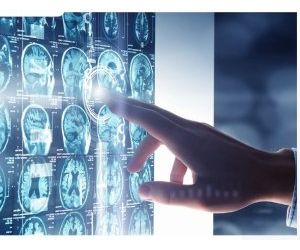

- Home
- Companies
- Lumosa Therapeutics Co., Ltd.
- Products
- Model LT3001 - Acute Ischemic Stroke ...

Model LT3001 - Acute Ischemic Stroke Thrombolytic Agents
According to the WHO, stroke is the second leading cause of death with approximately 6 million deaths in the world per year. Stroke can be categorized as a hemorrhagic or an ischemic stroke. Studies show ischemic stroke, which LT3001 intends to treat, occurs in about 85% of all stroke cases. The only FDA approved treatment for ischemic strokes is tissue plasminogen activator (tPA, also known as IV tPA). tPA works by dissolving the clot but only for those patients presenting within 3 or 4.5 hours of ischemic stroke onset due to increased risk for intracranial hemorrhage in stroke patients with extended time window. Due to its limited applied condition and safety concerns, the actual usage of tPA in a clinical setting is only 3%~5%. A new safer and more effective treatment for ischemic stroke without brain hemorrhage has been long overdue.
The fear of brain hemorrhage associated with thrombolytic agents has hindered the development of stroke new drugs. LT3001, a novel molecule composed of a synthetic peptide and a free radical scavenger, has demonstrated recanalization capabilities without the increased risk of hemorrhagic transformation. The peptide moiety is modified from the degradation products of fibrinogen and it would block the binding between platelet and fibrinogen, the two major components of thrombus. The small molecule portion is an antioxidant designed to limit oxidative stress and protect tissues from ischemia/reperfusion injury. LT3001, designed to restore occluded blood flow without causing hemorrhage, not only holds promise as a superior and safer therapy to expand the treatable population and improved the outcome after stroke, but also become a universal treatment for other thrombus-related diseases.

The obstructive blood clots are resulted from series of failures in endogenous fibrinolysis that became the pathological basis of ischemic stroke. Blood clots are composed of red blood cells, white blood cells, and platelets, bound together by cross-linked fibrin. The plasminogen would bind to fibrin which activates plasmin, the primary effector protein dissolving the blood clots. However, when endogenous fibrinolysis fails to dissolve the clot, the resulting ischemia causes cell injury, free radicals-mediated oxidative stress, and inflammation, leading to organ damage.
LT3001 safely restores blood vessel patency by promoting the local endogenous fibrinolysis activity. LT3001 enhances the binding of plasminogen to the fibrin clot and facilitates the activation of plasminogen to plasmin while simultaneously protecting the tissues from free radicals and inflammation-mediated injury.
